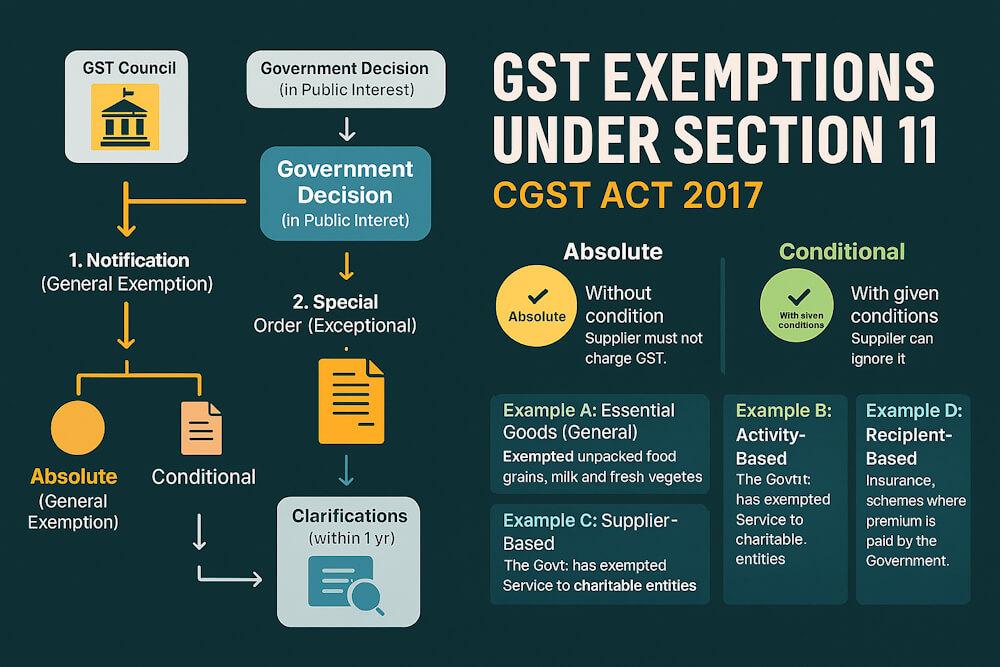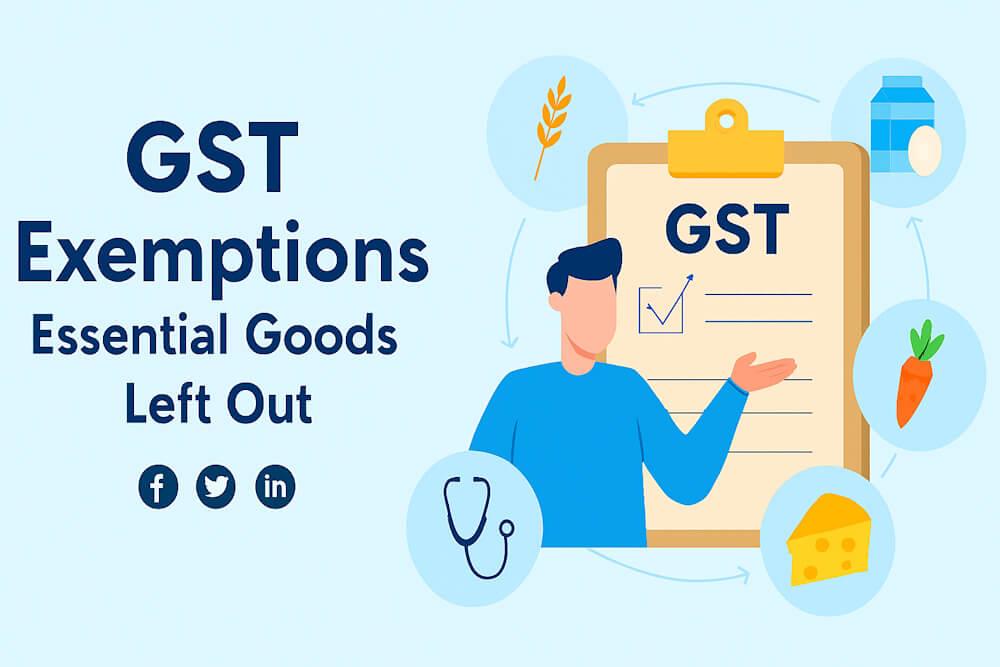If you’ve ever sat down with a small shopkeeper or a wholesaler after GST rolled in, you’ll know one thing—they complain. Not so much about the rates, but about how confusing the “value of supply” can get. On paper, it looks simple. You sell something, GST is charged on that price, done. But real life? It’s not that neat. Discounts, free offers, packing charges, even stock transfers between branches—every single thing can twist the value, and if you don’t handle it right, either you bleed money or the taxman comes knocking.
I’ve heard folks say, “Yaar, GST sirf rate ka khel hai” (GST is just a game of rates). Nope. The real game is valuation. Let’s break it down without the jargon.
The Obvious Rule Everyone Gets Wrong
GST law says: the value is basically the price the buyer pays, as long as both parties are unrelated and the only thing exchanged is money. So if I sell you a fridge for ₹20,000, that’s the value. GST @18% is ₹3,600. Total bill ₹23,600. Easy.
👉 Think of a shop in Pune. Customer walks in, buys a washing machine for ₹15,000, pays, leaves. The invoice says ₹15,000 + GST. Nothing fancy.
But here’s the kicker—most real-life business isn’t this clean.
Discounts – The Love-Hate Story
In India, business without discounts is like chai without sugar. It doesn’t exist. Every festival, every season, every loyalty scheme—there’s a discount somewhere. But GST doesn’t treat them all the same.
Discounts Upfront – No Headaches
If you knock the discount off right there on the invoice, it’s simple. GST is calculated on the reduced price, not the original.
👉 Example: You sell goods worth ₹50,000, but give a 10% discount on the spot. The invoice shows ₹45,000. GST @18% = ₹8,100. Done. No drama.
Discounts Later – Handle with Care
Here’s where people often trip. Imagine you tell your distributor, “If you buy goods worth ₹1 lakh this year, I’ll return 5% at the end.” Sounds harmless, but GST allows you to reduce the taxable value only if two conditions are met:
- The discount was agreed before supply (say, in a contract).
- It can be tied to specific invoices.
👉 Example: A wholesaler sets a target, and the distributor achieves it. Since it was pre-agreed and linked to invoices, GST value reduces.
👉 But if you suddenly decide, “Here’s ₹10,000 off because I feel like it,” GST doesn’t care. It still taxes you on the original invoice value.
Freebies – Sorry, They’re Not Really Free
This is the painful part. Many think giving something free means no GST. Not true.
👉 Example: A company transfers stock worth ₹1,00,000 from its Delhi office to its Mumbai branch. Even though no money changes hands, GST still applies because the law treats them as separate entities.
👉 Another: “Buy 2 shirts, get 1 free.” Customers love the deal, but for GST, that third shirt isn’t free. It spreads the value across all three shirts and taxes accordingly.
Moral: if it looks like business, GST will tax it.
Extra Bits Add Up
Packing, delivery, loading, insurance—those little side charges aren’t “extras” for GST. They’re part of the value.
👉 Example: A furniture shop sells a sofa for ₹30,000, adds ₹2,000 delivery and ₹1,000 packing. GST is on ₹33,000, not ₹30,000. Many businesses forget this and underpay.
Subsidies – The Small Print
Here’s a tricky one. If the government gives you a subsidy, it doesn’t count in value. But if a private company chips in to reduce the price, GST will tax the higher figure.
👉 Example: A product costs ₹1,00,000. A private sponsor pays ₹10,000, so the buyer pays only ₹90,000. Sounds like GST should be on ₹90,000, right? Nope. GST applies on ₹1,00,000.
Some Everyday Scenes
Let me throw in a few real-life-like examples that make this less “rule book” and more “shop floor.”
- A clothing shop does a Diwali sale. ₹10,000 worth of clothes, 20% discount upfront. Value = ₹8,000. GST is on ₹8,000.
- A dealer gives a rebate in March if you’ve bought ₹1 lakh worth of goods in the year. Pre-agreed, invoice-linked → GST reduces.
- A supplier randomly gives ₹5,000 cashback. Not pre-agreed. GST won’t reduce.
- Head office shifts ₹2,00,000 worth of stock to a branch. No money, but GST still applies.
- Customer buys electronics worth ₹50,000 + delivery ₹2,000. GST applies on ₹52,000.
Why Do Businesses Still Struggle?
Because it’s not the math—it’s the paperwork. GST officers don’t care if you intended to give a discount. They want to see proof. Contracts, purchase orders, invoices—all lined up. Miss that, and you lose the benefit.
I’ve seen traders complain: “But I gave discount, why should I pay GST on higher amount?” The law doesn’t care about feelings—it cares about documentation.
A Few Street-Smart Tips
- If you can, put the discount straight on the invoice. No questions asked later.
- If you’re planning a rebate, mention it in the contract. Keep it clean and linked to invoices.
- Don’t assume “free” means free. Check if GST still applies.
- Always add incidental charges to taxable value.
- Educate your accounts team. Most mistakes happen in billing, not at the owner’s desk.
Wrapping It Up
Here’s the blunt truth: GST and discounts have a complicated relationship. It’s not that GST dislikes discounts—it just wants clarity. If you’re upfront, if you document, if you plan, you’ll save yourself money and hassle.
But if you wing it—giving discounts randomly, moving stock casually, forgetting delivery charges—you’ll end up paying extra tax or fighting notices later.
So next time you look at a bill, don’t just see the price. Ask yourself, “What’s the real value being exchanged here?” Because that’s what GST will go after.





